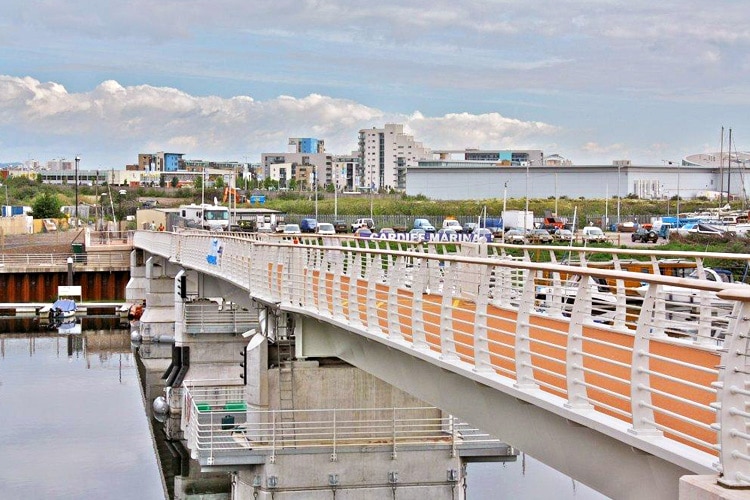
Building safe and strong bridges is an art that has been perfected by the likes of Isambard Kingdom Brunel and Joseph Strauss. Whilst famous bridges such as the Golden Gate Bridge may be household names, there are many smaller well-designed bridges that go unnoticed but apply the same unique engineering principles and materials.
The characteristics of a well-designed bridge ensure that it is safe and long-lasting. Bridges have to deal with the inevitable weight of their traffic, but they must also withstand their own weight. Many bridges work on the cantilever principle, whereby spans projects into space. To prevent bridges from collapsing, struts and stringers are used to distribute the force evenly over the bridge, so no single component takes all the load.
For these reasons, the materials need to be selected with care, and this is why steel is often used. Steel has the highest strength to weight ratio and supports itself well without drooping or cracking. Steel can be additionally strengthened by using ‘I’ or ‘L’ shaped beams which place metal edge-on, adding strength without adding significant weight.
The construction of the bridge itself is only one aspect of bridge construction, however. The deck covering the bridge needs to be adequate to ensure the safety of foot traffic and protect the bridge. Bridge decks are open to the elements, so non-slip coatings are imperative to prevent the risk of skidding. Such coatings also help to distribute the weight of traffic evenly over the bridge to ensure that no individual component is under undue stress.
Due to the fact that bridges are often the only crossing point, they tend to receive a disproportionate amount of traffic, so the road surface needs to be durable. Furthermore, as steel or ferrous metals are often used as part of the bridge deck, the surface needs to protect the steel underneath from corrosion. Added to this, there is also an inevitable flex that will take its toll on the surface.
With bridges, all components, including the deck surface are essential to ensure the safety and durability of the construction.
